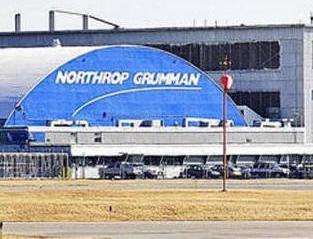|
Back in April 2005, Northrop Grumman was awarded a Navy contract to
inspect the wings of U.S. Navy P-3C Orion aircraft in order to identify
and correct structural fatigue problems. Under this contract Northrop
inspected six of the Navy's P-3Cs.During the inspection, technicians
were responsible for removing sections of the airframe "skin" from
leading edges of the wings.
They search for cracks emanating from rivet holes and repaired any
damage found. A number of aircraft were either grounded or flying under
heavy performance restrictions as they await the inspection.
The Lockheed Martin Corporation's P-3 Orion (on their L-188 Electra
commercial airliner) has four turboprop engines, it first entered the
inventory in 1962, and more than 40 years later it remains the Navy's
sole land-based anti-submarine warfare aircraft. The "C" variant is the
only one still in active service. The last Navy P-3C rolled off the
production line in 1990.
The aircraft is easily recognizable by its distinct tail stinger or
"MAD Boom", used for the magnetic detection of submarines. Over the
years, the aircraft has seen numerous design advancements, most notably
to the electronic packages the aircraft carries. The P-3 Orion is still
in used by numerous navies and air forces around the world, primarily
for maritime patrol, reconnaissance, anti-surface warfare and
anti-submarine warfare.
"We are indebted to the employees, our greatest assets, who have
superbly supported our customers at this the site for many years. We are
doing everything we can to communicate the way forward to them as well
as identifying opportunities for them at other Northrop Grumman
locations or elsewhere in the Hagerstown area."
|

